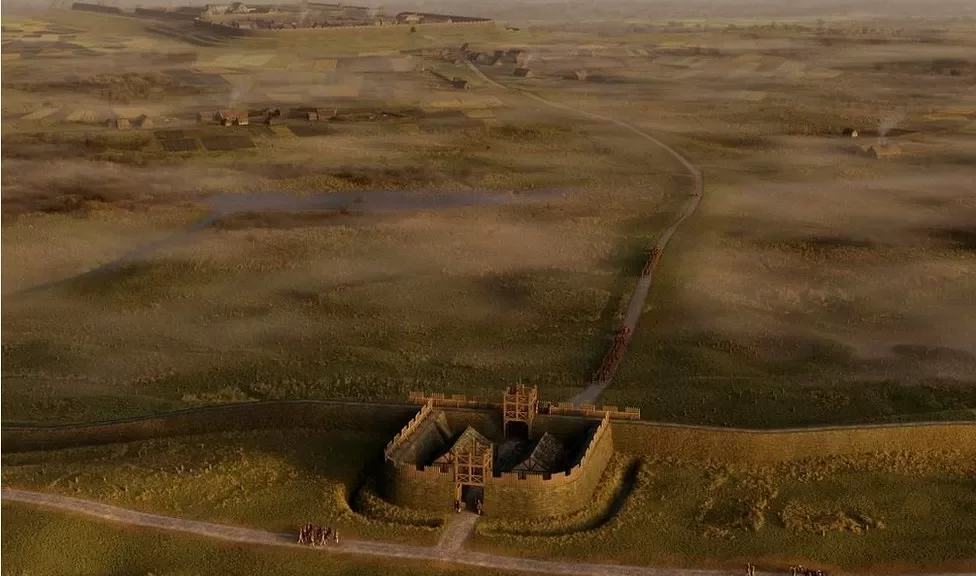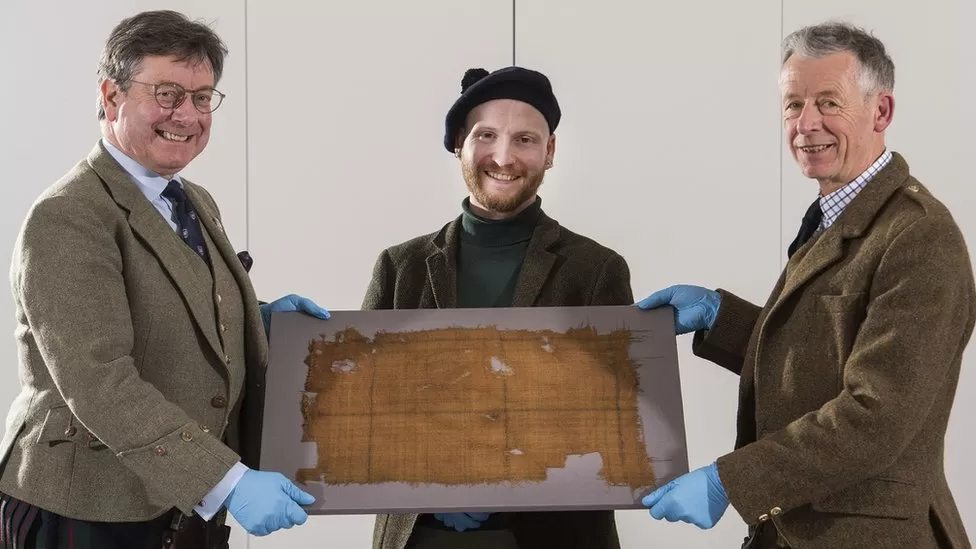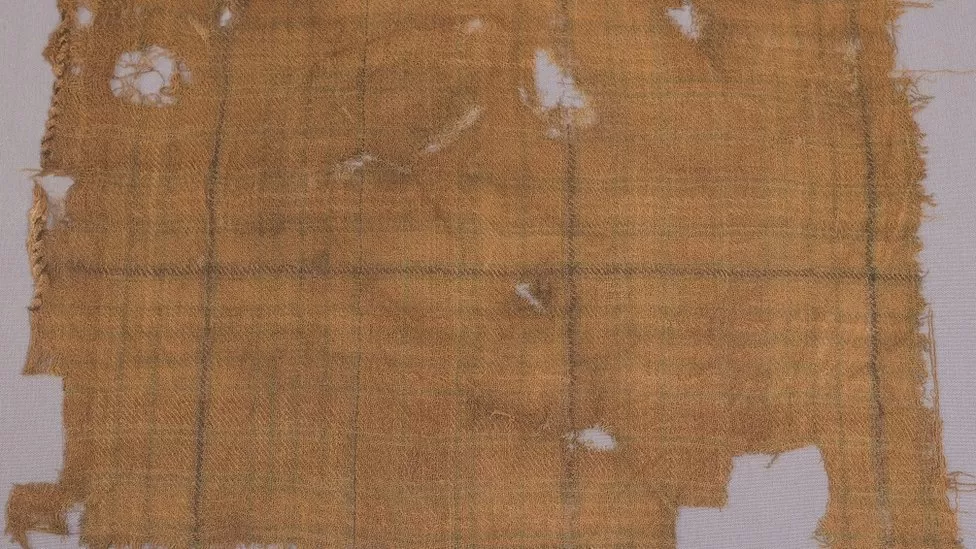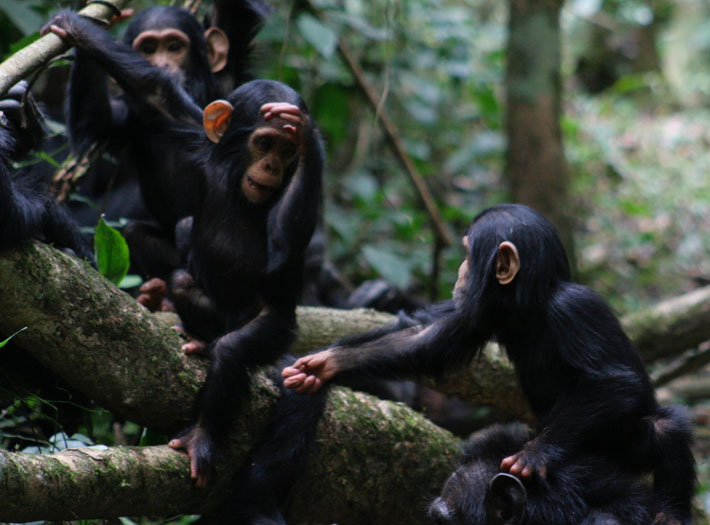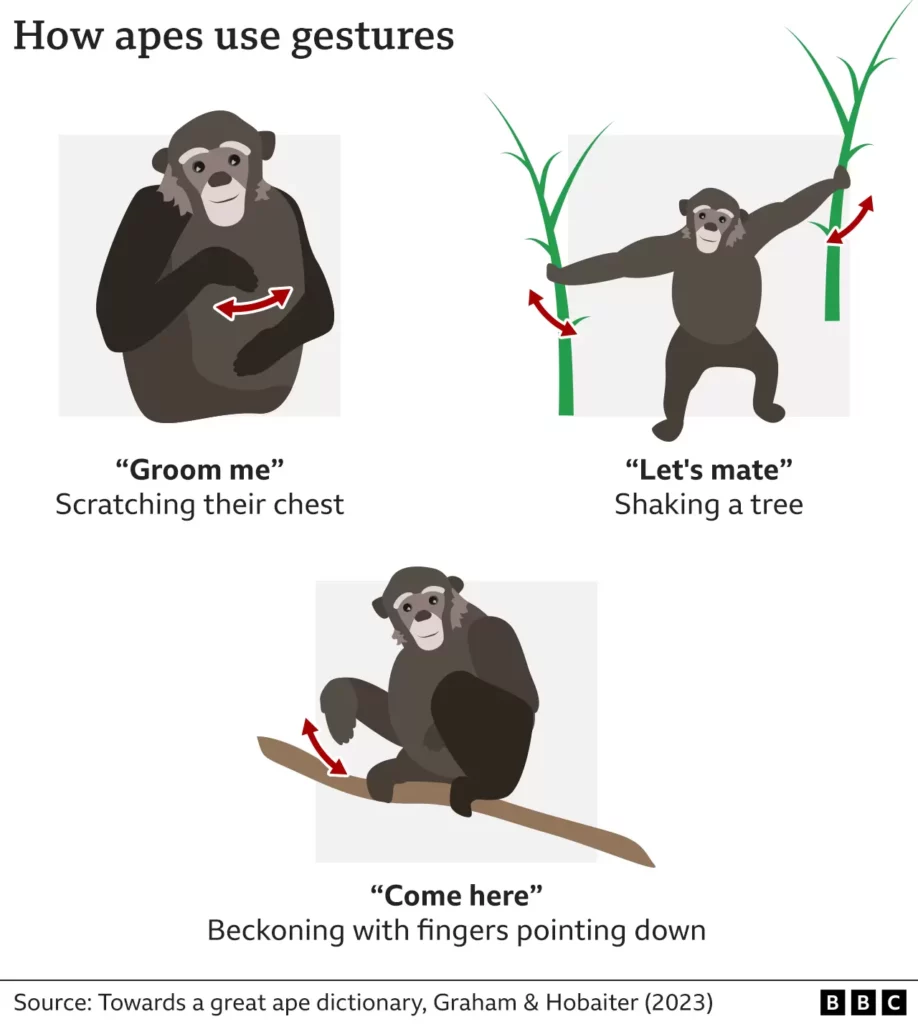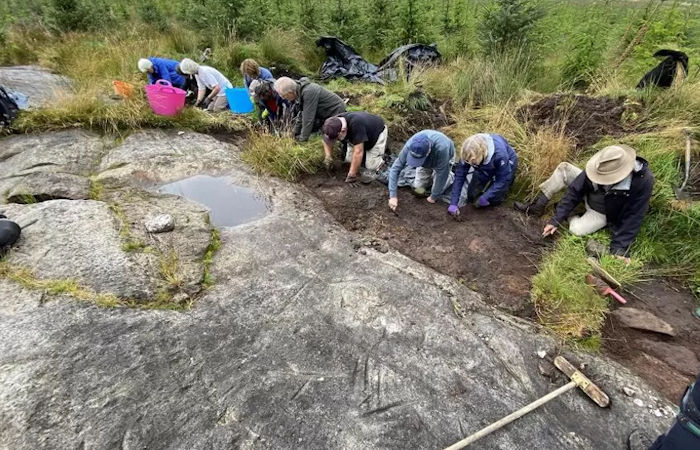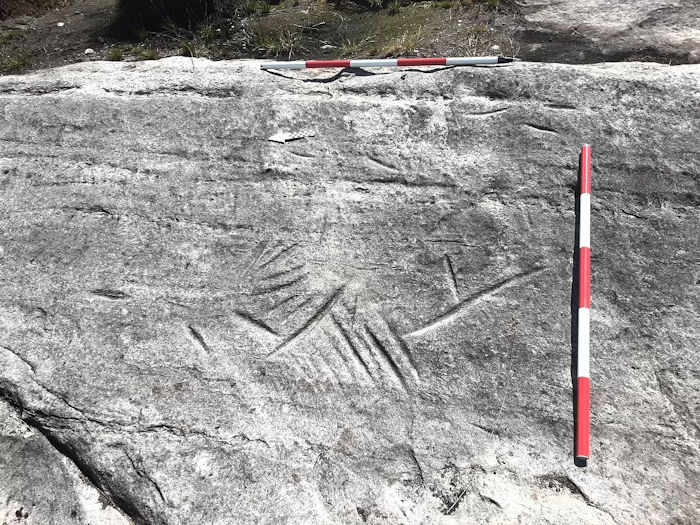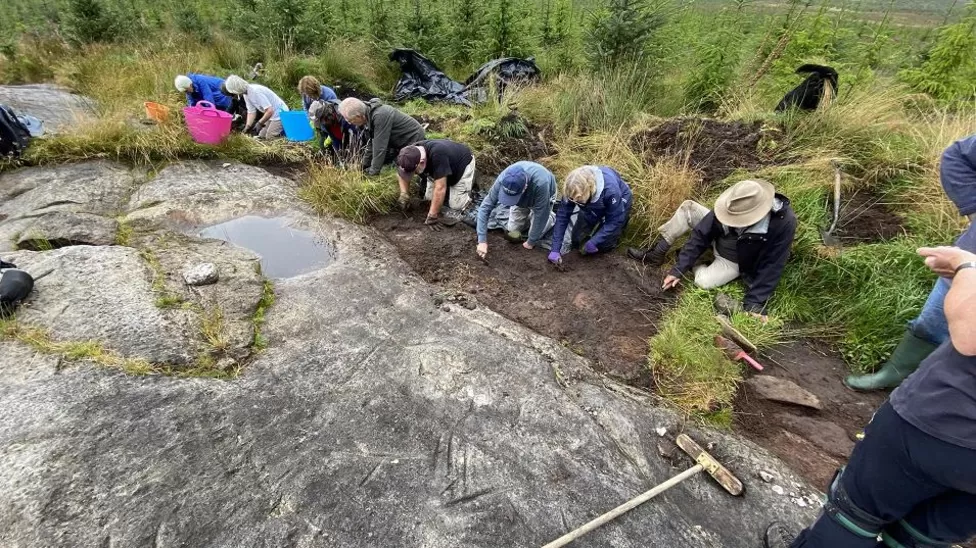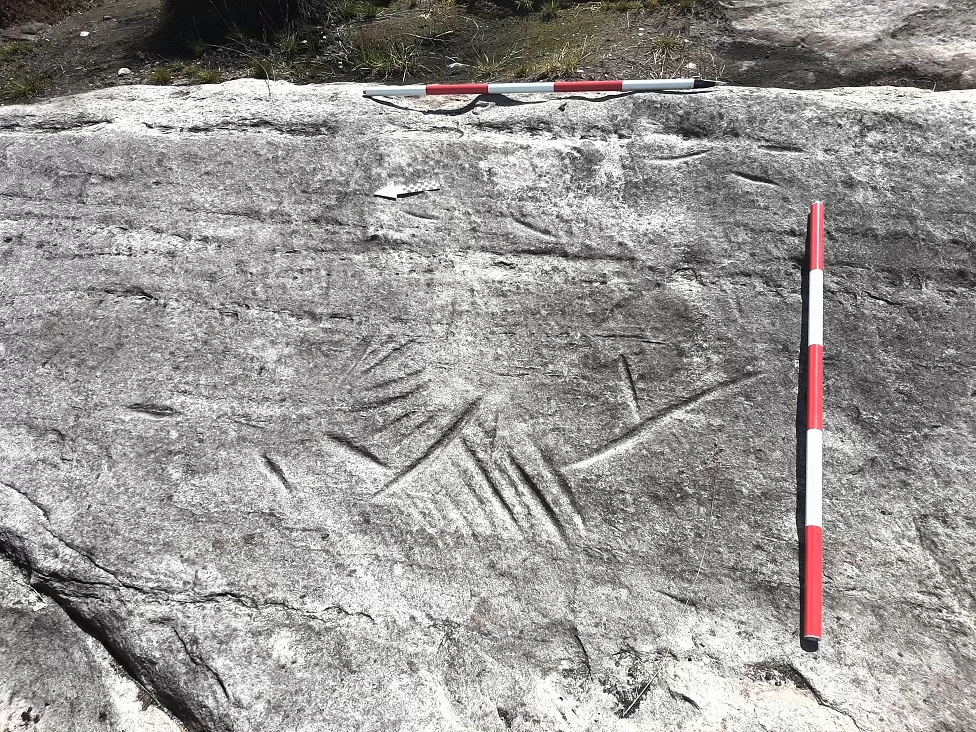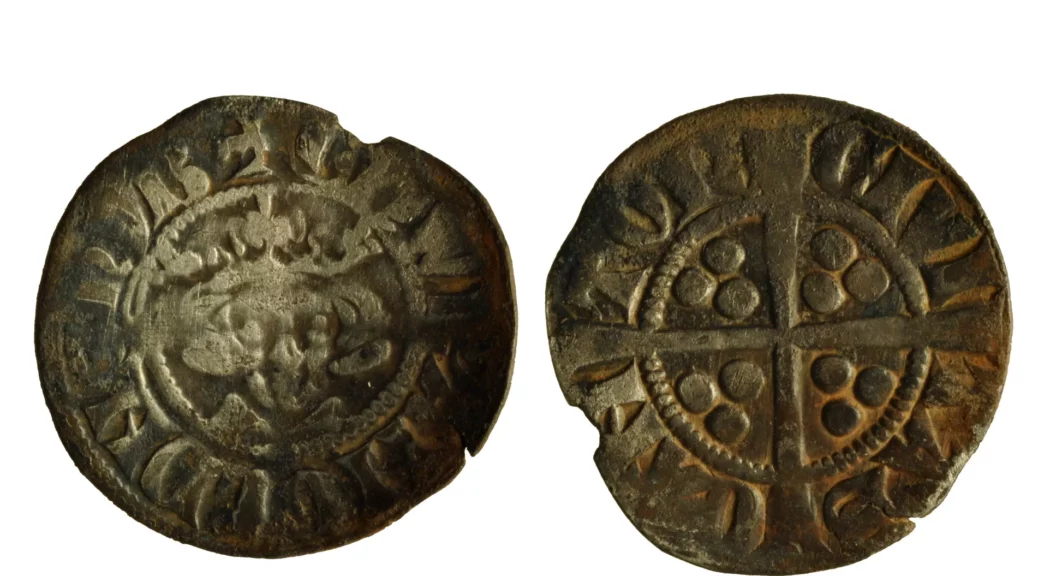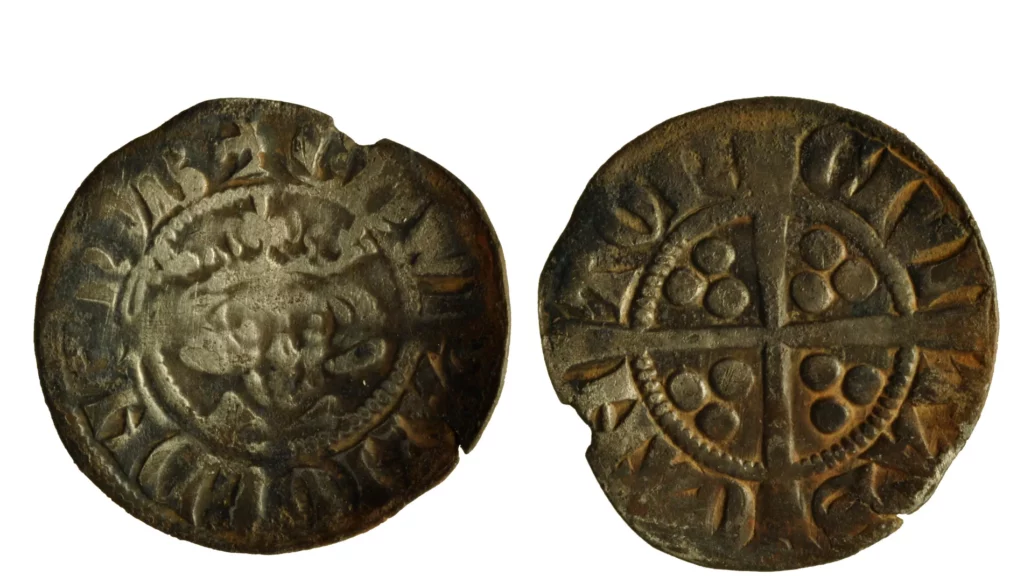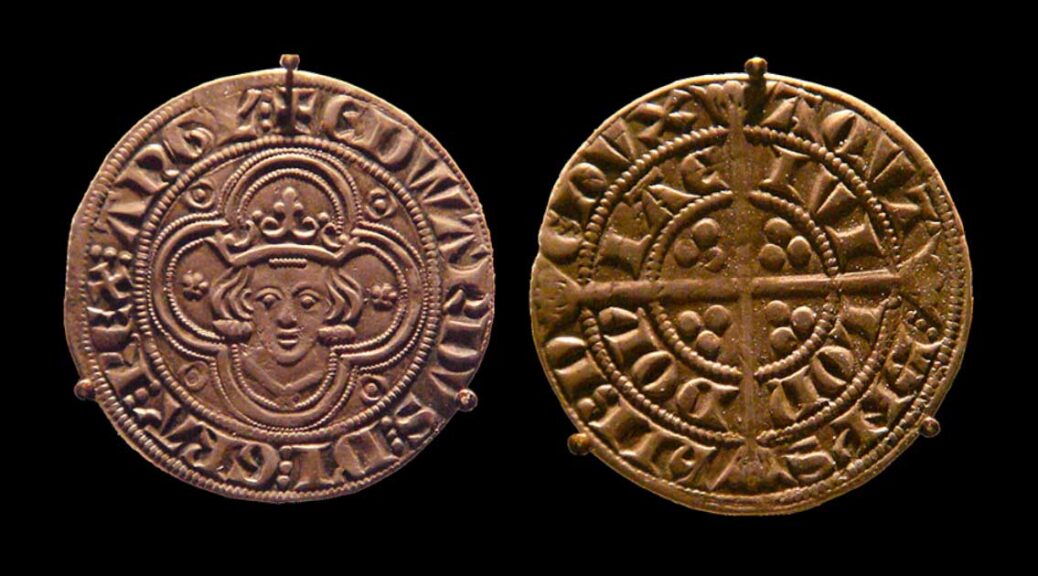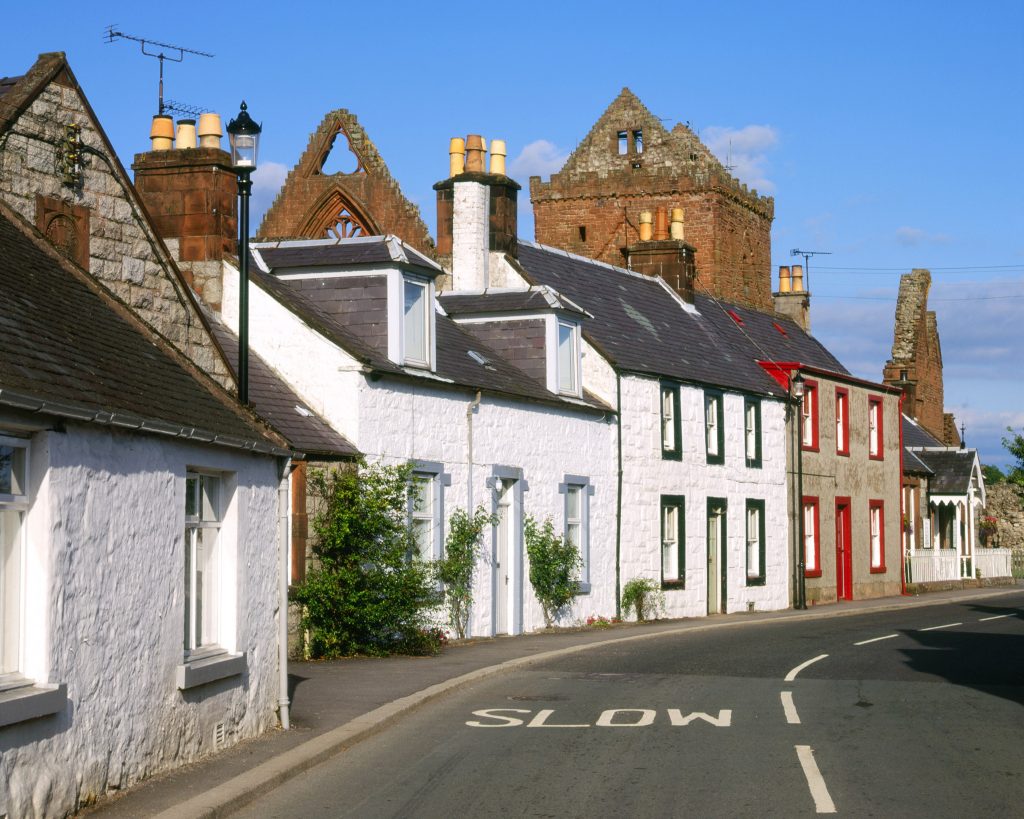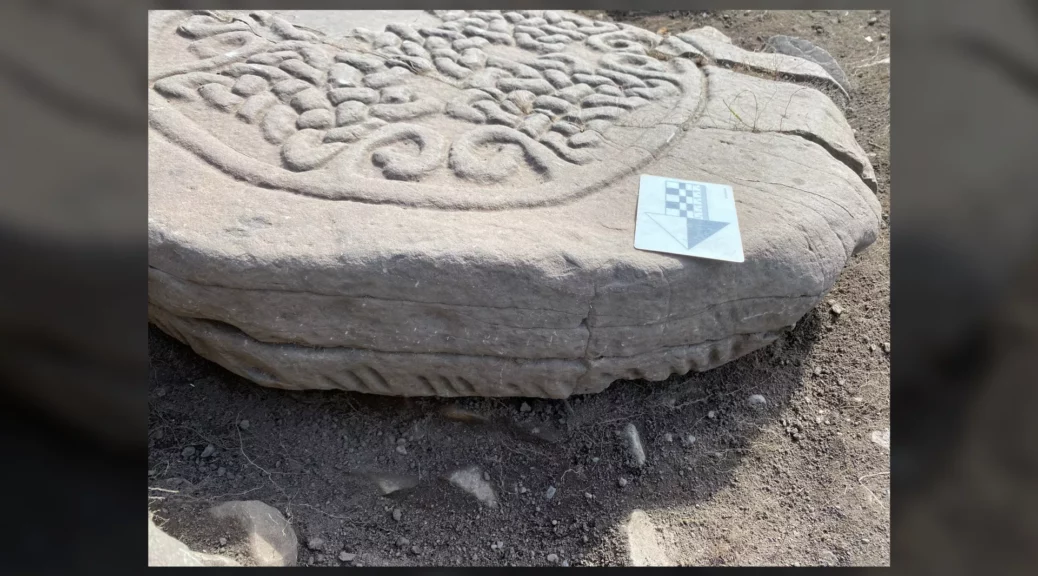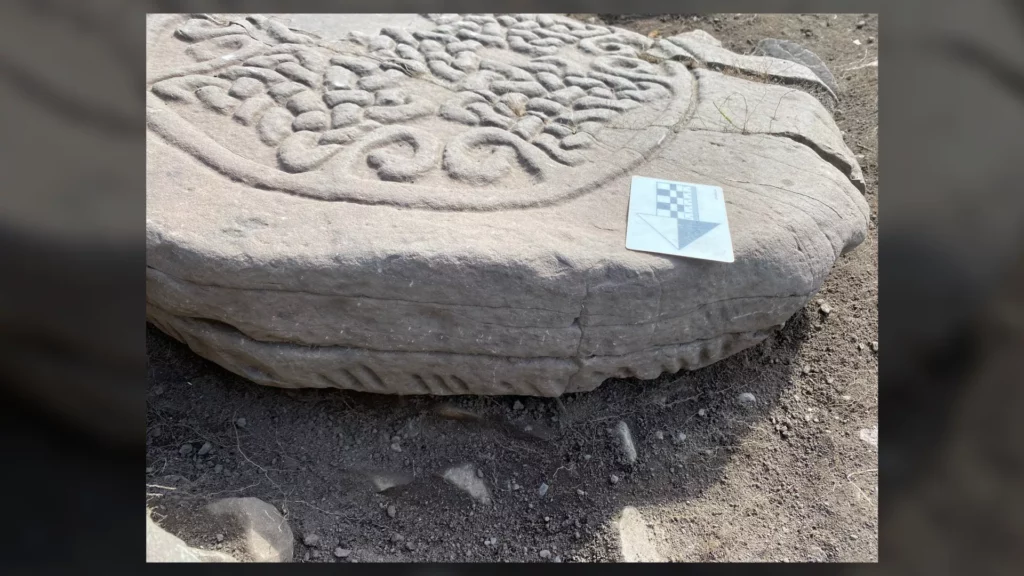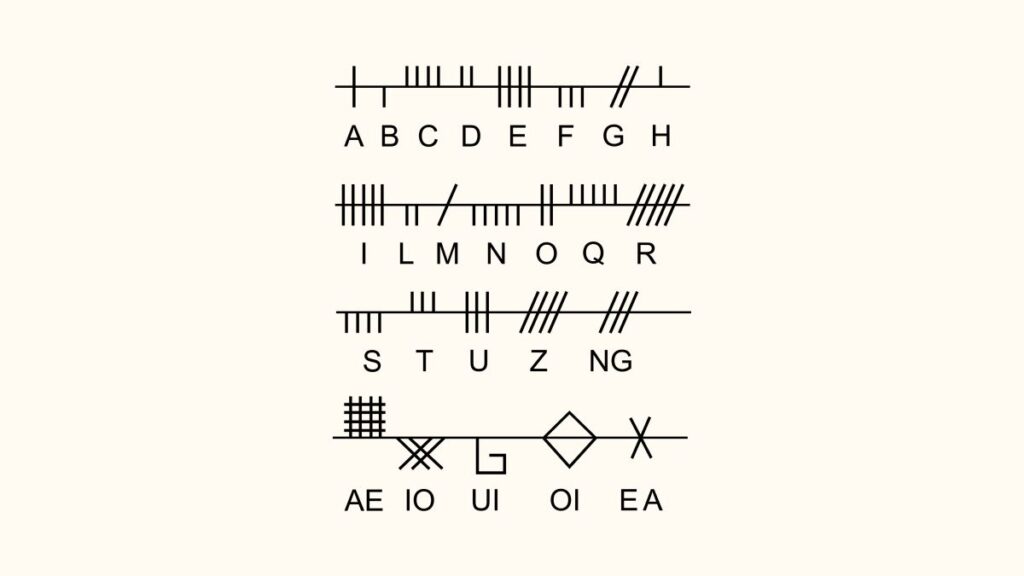Small Fort Found in Scotland on Rome’s Antonine Wall
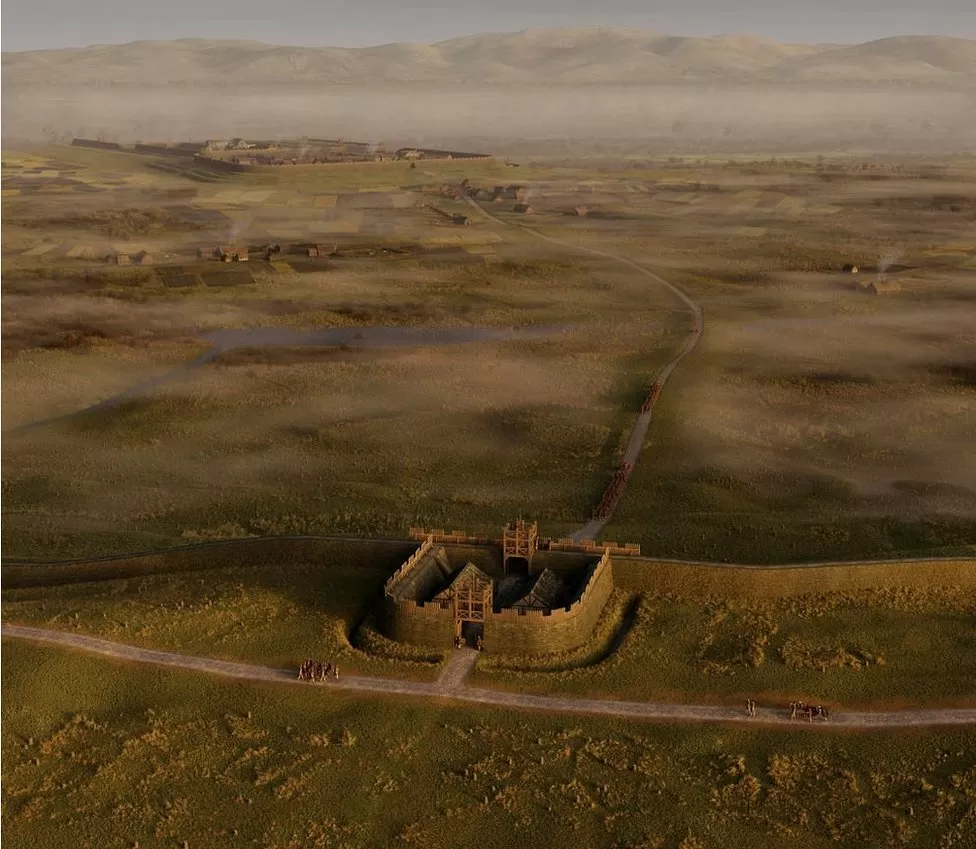
The remains of a Roman fortlet have been discovered in West Dunbartonshire.
New technology has enabled the archaeology team at Historic Environment Scotland (HES) to uncover the structure after attempts to find it failed in the 1970s and 1980s.
The fortlet once stood next to the Antonine Wall.
Its buried remains have now been uncovered in a field close to Carleith Primary School in Duntocher, Clydebank.
HES announced the breakthrough on World Heritage Day, the international celebration of cultural heritage.
The Antonine Wall was the frontier that the Romans constructed across central Scotland, and is one of Scotland’s six Unesco World Heritage Sites.
Details of the fortlet were thought lost for hundreds of years.
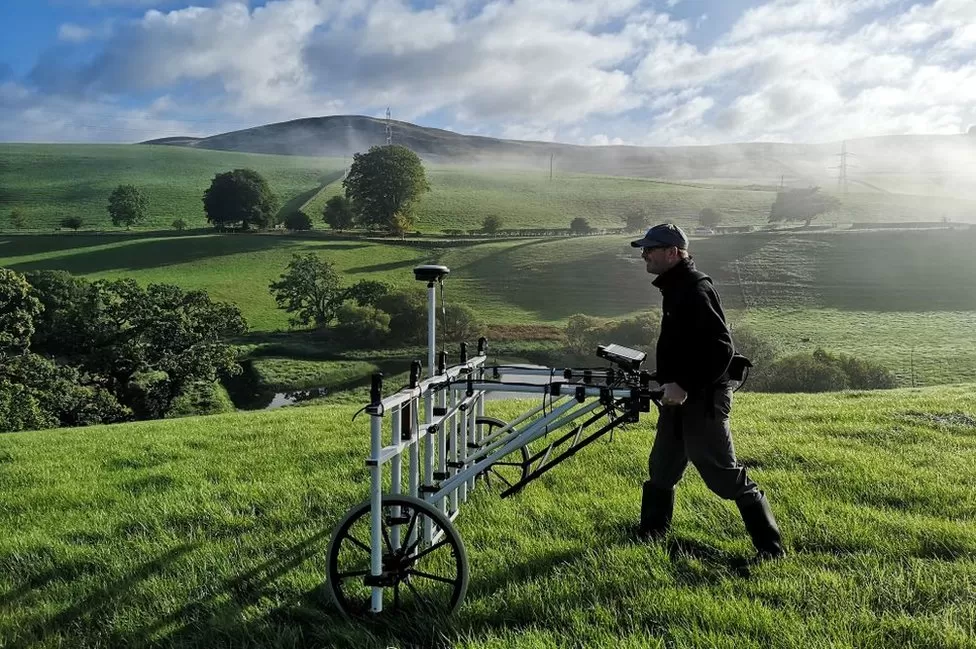
It was referenced in 1707 by antiquarian Robert Sibbald, who wrote that he had seen a fortlet in the area around Carleith Farm. Excavation teams looked for it decades ago, but the exact location remained unknown.
After employing gradiometry, a geophysical surveying technique which looks under the soil without the need for excavation, the discovery was made.
The technique measures small changes in the earth’s magnetic field to detect archaeological features otherwise invisible from the ground surface.
It allowed archaeologists to identify the stone base of the fortlet, which remains buried underground. On top of this base, turf would have been laid to build a rampart about 2m high.
This fortlet would have been part of several along the Antonine Wall.
In its prime, it would have been occupied by 10 to 12 Roman soldiers who were stationed at a larger fort nearby, likely to be Duntocher. They would have manned the fort for a week at a time before being replaced by another detachment.
The fortlet would have been made up of two small wooden buildings to house the soldiers staying there and will have been used for the 20 years (AD142 – AD162) that the Antonine Wall was defended as the northernmost frontier of the Roman Empire.
‘Detective work’
Commenting on the discovery, Riona McMorrow, deputy head of world heritage at HES, said: “It is great to see how our knowledge of history is growing as new methods give us fresh insights into the past.
“Archaeology is often partly detective work, and the discovery at Carleith is a nice example of how an observation made 300 years ago and new technology can come together to add to our understanding.”
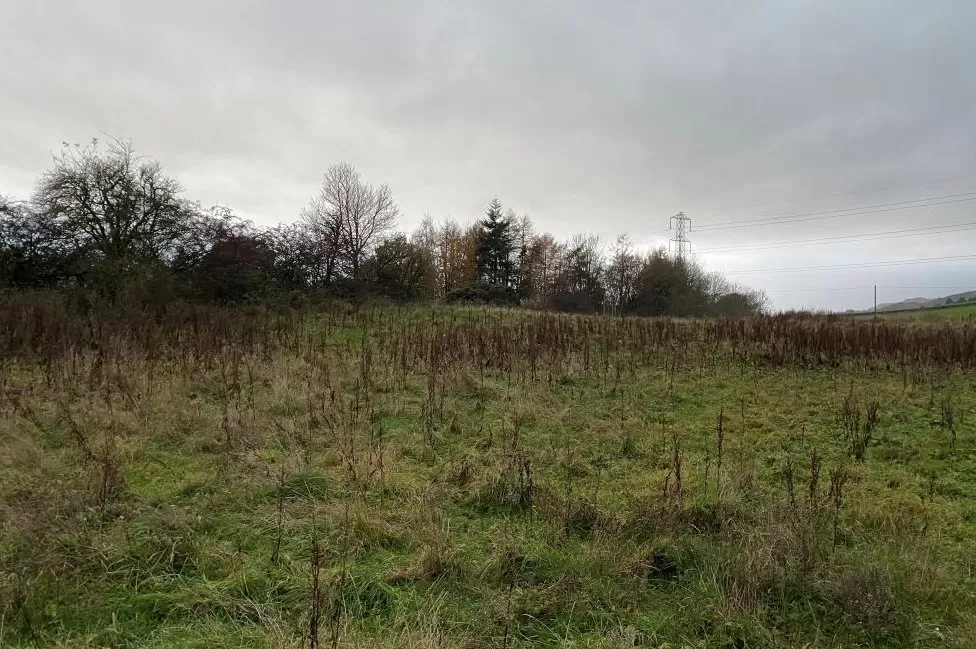
This discovery has led to HES reviewing the site’s designation to ensure the fortlet is recognized and protected as part of the Antonine Wall.
The geophysical survey will also help to better understand and protect the wall.
While up to 41 fortlets may have lined the wall when it was built, only nine have previously been found.
HES said the discovery marks the tenth known fortlet and shows that there is still more to be discovered about the Roman monument and its functions.
